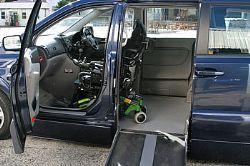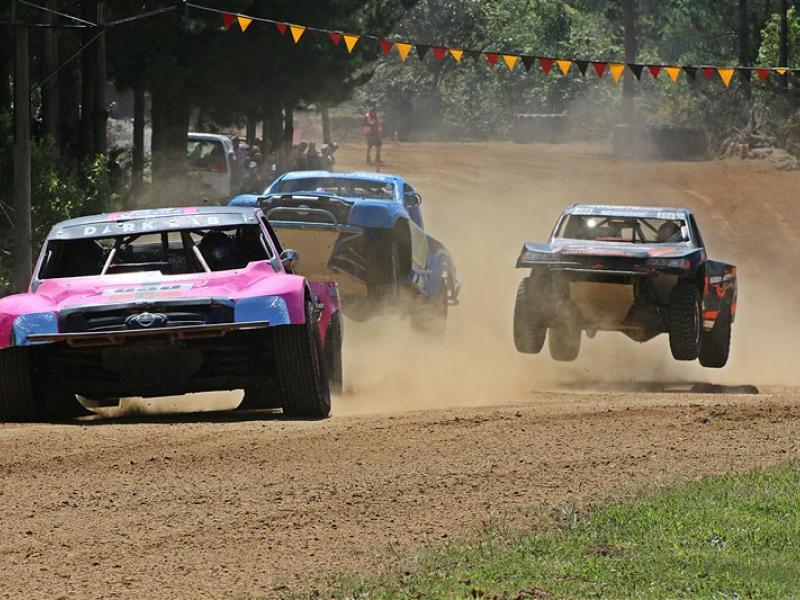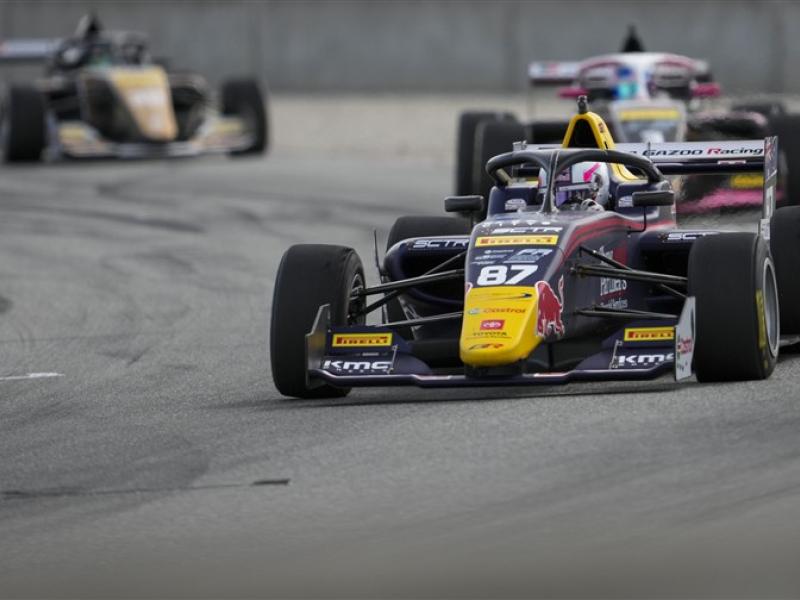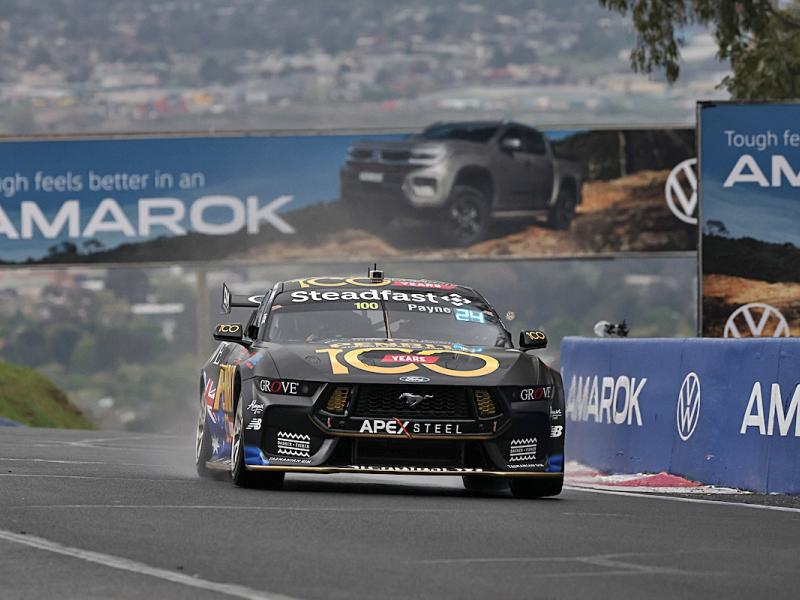By Cathy Parker The automotive industry often feeds off the passion of its members, whether they are petrol heads or those with a technical bent like siblings Wayne and Trevor Brocket. The Brocket brothers own and run a unique automotive operation called VAS (Vehicle Adaptation Services) which is located in Matangi, just outside Hamilton. Both Wayne and Trevor have a real passion for modifying vehicles for wheelchair users who have varying degrees of disability and physical impairment. At the end of our visit to the VAS facility, Wayne commented that they both love the fact that they are making a positive difference for their customers. VAS modifies vehicles to enable people with disabilities to regain their mobility. This could be as simple as fitting a hand control or control adaptation, fitting ramps or lifters to get a wheel chair into the rear or up onto the roof of the vehicle. Their customers are unique and Wayne says because they meet so many neat people that it makes the job even more worthwhile. However recently they have gone a huge step further to design and manufacture entire vehicles suitable for disabled people to drive while still sitting in their wheel chair. This allows people that have difficulty in transferring from a wheel chair to the driver’s seat in a normal vehicle the opportunity to be independent once again in terms of transportation and mobility. This freedom of independent mobility for disabled person not only boosts their self-esteem it also allows them to work and live a “normal” life. Wayne and Trevor’s passion and ideas for their business came from having parents who both required wheelchairs. Their father, Trevor Senior who became disabled after he contracted polio, owned and ran Matangi Motors. After adapting a 38 Chev for his own use, Trevor Senior started to pick up more adaptation work via word of mouth and the business grew. Wayne trained as a mechanic and in 1976 returned to the family business when his father became ill. Wayne carried on the adaptation work started by Trevor Senior, and latterly formed VAS as a division of Matangi Motors as this work continually increased. After his father needed an electric wheelchair and could no longer self transfer into the driver’s seat, Wayne looked at vehicles that could be driven by a person sitting in their wheel chair. At this time his elder brother, Trevor, a qualified panel beater, joined the business. With their complementary skills in mechanics, panel beating and coach building the Brocket brothers suddenly had the resources to seriously develop a suitable vehicle. They converted some Ford Transit vans relatively easily but these vehicles were not ideal for the customers due to their physical size. Further investigation of a more car like option narrowed the field to two MPV type vehicles, being the Chrysler Voyager and Kia Carnival. Both had the physical size and more importantly a floor with few obstructions due to being front-wheel-drive with the mechanicals all mounted in a separate front sub frame without cabin intrusion. After consideration the Kia Carnival won out due to lower initial cost and practicality. The Kia was discovered almost by accident in 1999 when Wayne spied one in town and literally dived underneath one for a look. A call to the Pukekohe Kia dealer saw a vehicle dispatched to Matangi by transporter for a closer inspection and some initial concept design work undertaken. A local disabled man heard of this and told another disabled friend, Aucklander Kevin Griffiths about the plans. Kevin literally went out and bought a brand new Kia Carnival and fronted up with it at VAS in Matangi with the request “I want you to build me one”. It was with a degree of trepidation that Wayne and Trevor attacked Kevin’s brand new vehicle – and we mean attacked as the process involves literally cutting out almost the whole floor pan, including the main frame rails from the base of the front firewall through to the rear suspension mounts, then constructing a whole new lowered floor assembly to rebuild the vehicle. Suffice to say it all worked and Kevin Griffiths is still using the vehicle today, his faith in Wayne and Trevor was rewarded, even thought at first the brothers were somewhat nervous about chopping up and rebuilding someone else’s brand new vehicle. More work arrived by word of mouth and then ACC got involved when funding vehicles for their clients. In 2006 the second generation of Kia Carnival came on line and this required a full redesign and upgrading of the VAS concept. To undertake this work was a huge and expensive task as the all-new vehicle has a more sophisticated structure and complex wiring including some computer modules and a CanBus system. As an indication of the complexity, the first generation Carnival required 24 modified or additional wires while the current model needs 56. To make the project viable Trevor and Wayne needed certainty of ongoing business because the $100,000 cost of the modified vehicle means only a few private individuals could afford them, as any available grants for disabled people would not cover the cost. ACC recognised the benefits the vehicles offered to their claimants and after due process a supply agreement was put in place giving the Brocket brothers the certainty they needed to complete this development work. In good Kiwi fashion the initial development took place in Wayne’s kitchen or Trevor’s lounge at night, after a normal days work on the manufacturing site. Cardboard templates were made to make sure it all went together and bundles of wiring were draped across the floor. Once this was completed a full set of technical drawings of the Kia modifications was completed to allow the work to be documented and then put into production. The target for VAS is to build 50 vehicles in 2008, a huge step up for them. Between 2000 and early 2007 VAS built 68 of the first generation models and now a total of107 vehicles have been produced. The process is truly amazing and is now on a semi production line basis with one vehicle a week leaving the plant. It takes about nine weeks from arrival of the new vehicle to departure of the modified one. Having outgrown the original Matangi Motors premises (now run by Wayne’s son Craig) they have taken over a part of the disused Matangi dairy factory across the road. There are now 24 staff in the production side and another six in stores, admin and support. The vehicles arrive by transporter straight from the distributors Kia New Zealand who have supplied excellent technical support over the years as required. Contractors come in and remove the windscreen and drain the air-conditioning and then the vehicle is fully stripped out with all the interior and doors removed (the main wiring harness remains but all the dash, seats and trim go). This is professionally stored in racking you would find in an assembly plant with all parts coded for the donor vehicle. The main body shell then proceeds to the panel shop where the scary bit starts, the sides and centre of the floor get cut out initially leaving the main frame rails. A large steel jig then attaches via the door frames to support the vehicle while the main floor is totally removed. Meanwhile the new floor is being built. The existing floor is on a slight slope so the new one is 190mm lower at the front and 240mm lower at the rear. Wayne and Trevor have a lot of pride in the workmanship of all the VAS team and they aim to keep the vehicle looking as close to factory appearance as possible. This means the floor is built in a similar manner to the original – as a full panel steel monocoque structure. On the first few the steel was hand cut and folded but now with the higher volume this is outsourced and it is all laser cut and computer folded. The parts are then assembled in house using plug welding which is close to the OEM spot welding method. Special front seat mounts are welded into the floor which contains the mountings for the removable seat bases and also the fittings to install the Ezi Lock system that allows the wheel chair to be locked in place in either the driver or passenger position (these are electrically operated units imported from USA). When you see the completed floor assembly it looks just like a factory produced item. This floor is welded into the Kia – again primarily using plug welding. Care is taken in terms of rust proofing and finishing so as not to compromise the vehicles life expectancy. A copper spray called Kupfer is particularly useful for the welds where the new floor meets the existing one. The Kupfer is sprayed onto the new floor prior to welding process and literally flows back in around the weld afterwards. Once the new floor is installed, the vehicle is then taken across the road to Matangi Motors spray booth where the new floor and sills are sprayed to match the original finish. Wayne and Trevor have high praise for paint suppliers Sikkens who are their paint suppliers and have gone the extra mile to assist with colour matching and technical issues to ensure that the new sections are finished to the same standard as the original vehicle. While this has been happening the two sliding centre doors (which on the second generation models already have electric opening) get modified with a significant extension to the base to match the new lower floor line and special lengthened channels to allow them to open further than standard (the standard doors partly cover the door opening). The front seat is modified using the base from a second row seat (the second row seats are removable in the standard vehicle), this allows the front seat to be quickly moved from passenger to driver position as needed. The wheelchair ramp and operating mechanism is also manufactured along with the compressor installation and airbags for the rear air suspension that lets the vehicle kneel a further 100mm to ensure a suitable ramp angle for easy access. Once the painted shell returns to the main shop it is time to refit the interior and the doors, the jigging is so good that the original doors fit back in with any need for adjustment. The ramp and air suspension is fitted and the vehicle is then cleaned, tested and goes through a typical pre delivery process before being delivered to a very happy new owner. The workmanship and finish of the Kia Carnival Independence is very professional. We have seen many new car manufacturing plants and the workmanship was comparable, the finished vehicle appears as factory standard. Unless you were familiar with the Carnival exterior you would not pick that it had been modified only the deep sills and height difference between the bumper and sill lines are tell-tale signs. When in use the driver can open the left hand sliding door from an internal switch or the key remote which activates the alloy two section electric ramp. This ramp folds out from the door allowing easy access to the interior. From here customers just wheel themselves into the driving position and engage the Ezi Lock system which locks the base of the wheel chair (via a special bracket that is fitted to the chair) and away they drive. The lowered floor helps keep the ramp incline down, provides suitable head room and leaves the drivers head and shoulder position in the same as the standard driving position allowing the seat belt and airbags to operate as they were designed. The third row of rear seats is still fitted, allowing the vehicle to carry four people. The Kia Carnival Independence is then complied via the LVVTA system, which can have its particular bureaucratic frustrations. Even though Wayne himself is a LVVTA certifier, VAS uses an independent certifier to ensure that the process is completely transparent. Wayne and Trevor are proud of what they have achieved. The conversions they do are of the highest quality, they have built up a viable business serving a specialist niche market yet they are making a huge difference in the quality of life for many people. For further information see www.vas.co.nz
Passionate Brothers Making a difference for Disabled Drivers
Passionate Brothers Making a difference for Disabled Drivers
Motorsport
Monday, 16 June 2008






